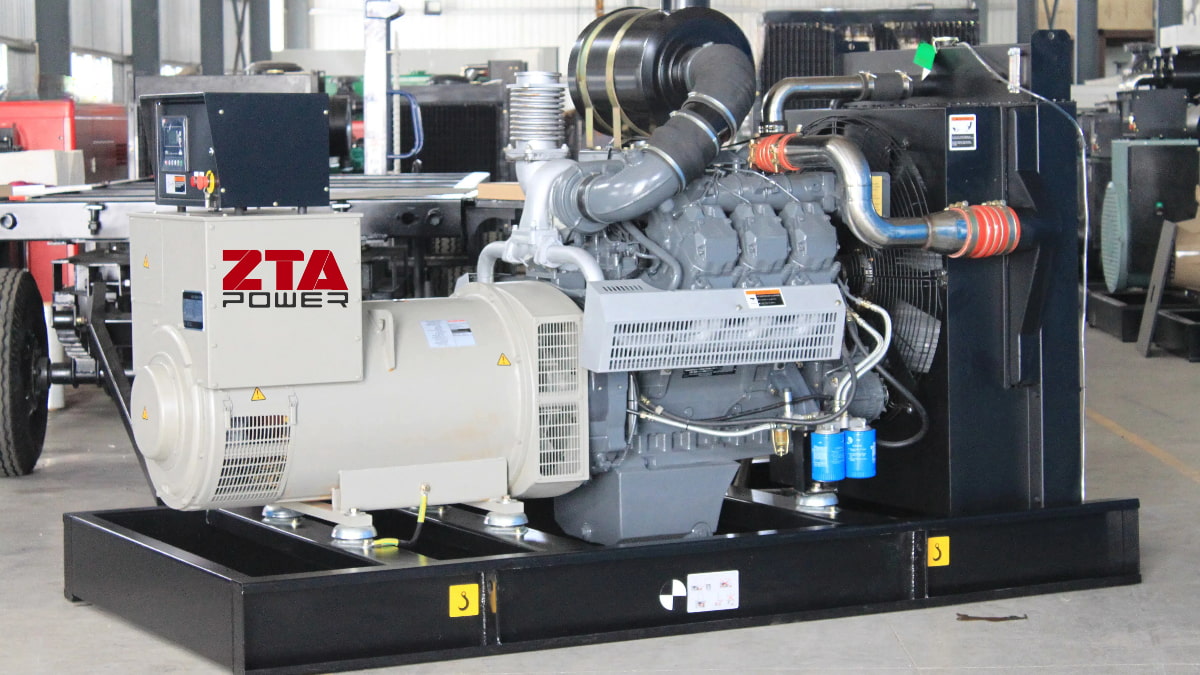How Does a Cummins 4-Stroke Diesel Generator Work
Thermodynamic Principle
For continuous mechanical power generation, the working fluid (air-fuel mixture) must undergo four thermodynamic processes—intake, compression, expansion (power), and exhaust—to complete one cycle and return to its initial state
4-Stroke Diesel Engine Cycle
(Most Cummins generators use this efficient design)
1. Intake Stroke
Purpose: Draw fresh air for combustion
Process:
Exhaust valve: Closed
Intake valve: Opens
Piston movement: Top Dead Center (TDC) → Bottom Dead Center (BDC)
Key Parameters:
Cylinder pressure: 68–93 kPa (below atmospheric)
Outcome: Air fills the cylinder
2. Compression Stroke
Purpose: Increase air temperature/pressure for auto-ignition
Process:
Both valves: Closed
Piston movement: BDC → TDC
Key Parameters:
Pressure: 3,000–5,000 kPa
Temperature: 500–700°C (exceeds diesel’s auto-ignition point)
3. Power Stroke (Expansion)
Purpose: Convert thermal energy to mechanical work
Process:
Fuel injection: Diesel sprayed at near TDC
Combustion: Instantaneous auto-ignition
Piston movement: TDC → BDC (drives crankshaft)
Key Parameters:
Peak pressure: 6,000–9,000 kPa
Flame temperature: 1,800–2,200°C
4. Exhaust Stroke
Purpose: Expel combusted gases
Process:
Exhaust valve: Opens
Intake valve: Closed
Piston movement: BDC → TDC
Key Parameters:
Exhaust gas temperature: 800–900°C
Pressure: 294–392 kPa

Why 4-Stroke?
Applications: Data centers, hospitals, industrial plants requiring stable power
Technical Insight:
Each 720° crankshaft rotation = 1 complete cycle
Turbocharging (in modern Cummins engines) enhances intake air density